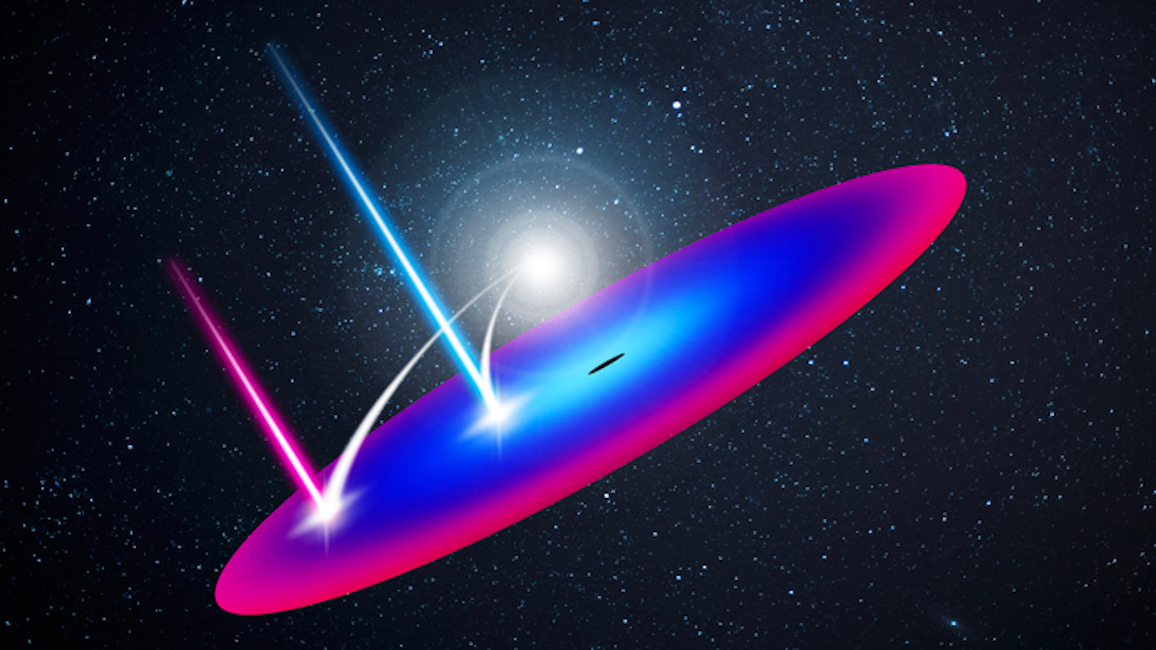
 Credit: Filippo Brambilla
Credit: Filippo Brambilla
Reverberating Through History
There's a strange uncertainty in our understanding of quickly the Universe has been expanding since the Big Bang. The expansion rate of the Universe can be determined by careful study of the so-called microwave background radiation, the relic radiation left behind after the Big Bang. Another method uses so-called "standard candles", usually exploding white dwarf supernovae, to relate the recessional velocities of distant galaxies to their distance from us. Both methods are based on well-understood physical principals, and both give ages of about 13 billion years. But the age determined from studies of the microwave background is about a billion years older than that determined by the supernova studies. Perhaps we don't have a full understanding of all relevant physics in one or both of these techniques? Scientists have now proposed a brand-new method which might help resolve this discrepancy. This new method, called "reverberation mapping" compares variations in X-ray emission from accreting supermassive black holes to the variations of X-rays reflected from the spinning disk of matter spiraling into the black hole. X-rays are produced in a region of hot gas, the "corona", above and below the accretion disk. Some of these X-rays hit the disk and are reflected from it. When the X-rays from the corona vary, the X-rays reflected from the inner and outer parts of the accretion disk vary too, but with a time delay. The image above shows a schematic of this process. The hot corona is represented as a bright source of light above the colorful accretion disk, where blue represents hotter material close to the black hole, and red lower temperature material in the outer part of the disk. X-rays from the corona are reflected from the inner and outer regions of the disk. By studying X-ray variations from the corona and measuring the time-delayed emission reflected off different parts of the accretion disk using observatories like NuSTAR and XMM-Newton and others, researchers can determine the absolute brightness of the disk. This absolute brightness then can be used to determine a precise distance to the supermassive black hole, and an independent way to determine the expansion of the Universe.
Published: November 22, 2021
<
HEA Dictionary ● Archive
● Search HEAPOW
● Other Languages
● HEAPOW on Facebook
● Download all Images
● Education ● HEAD
>

Each week the HEASARC
brings you new, exciting and beautiful images from X-ray and Gamma ray
astronomy. Check back each week and be sure to check out the HEAPOW archive!
Page Author: Dr. Michael F. Corcoran
Last modified Monday, 26-Feb-2024 17:37:09 EST


